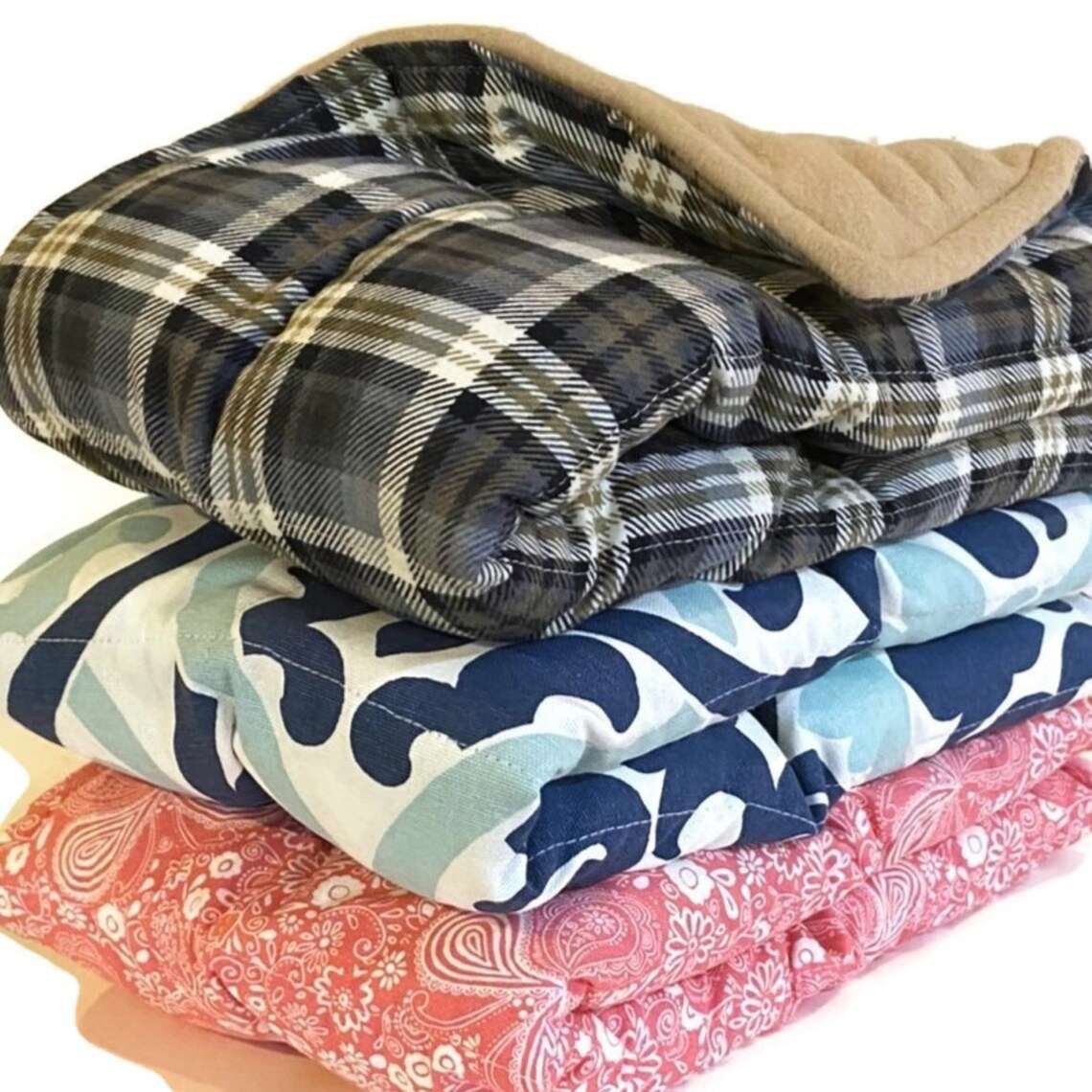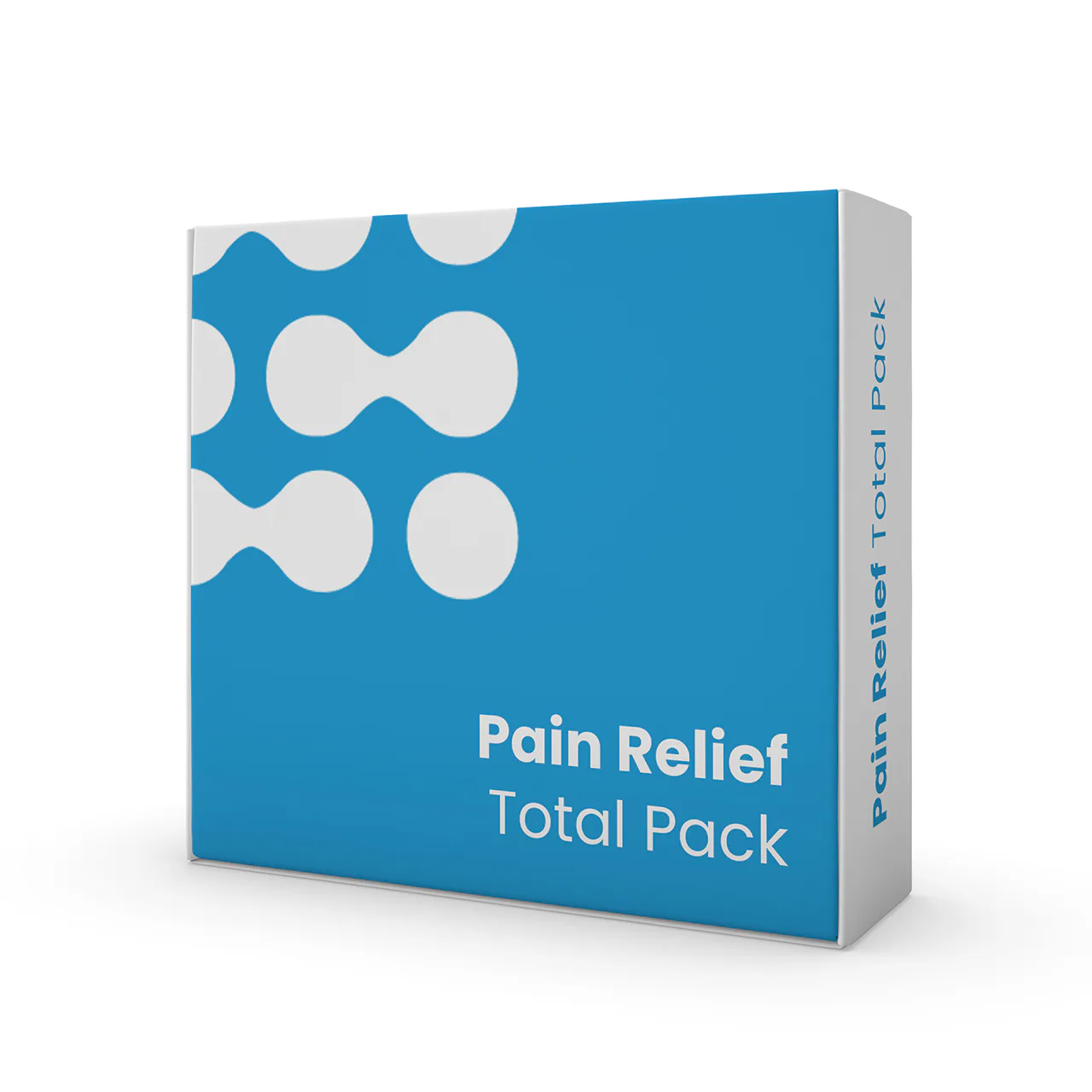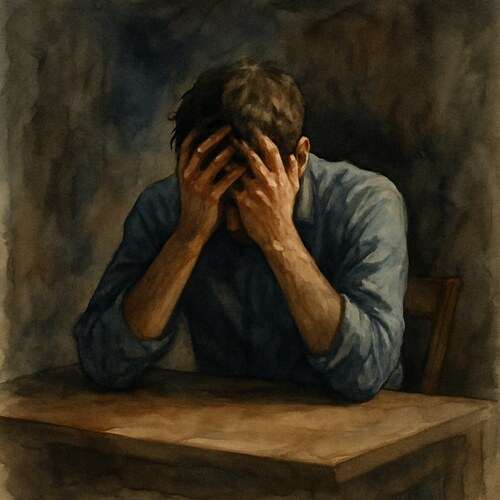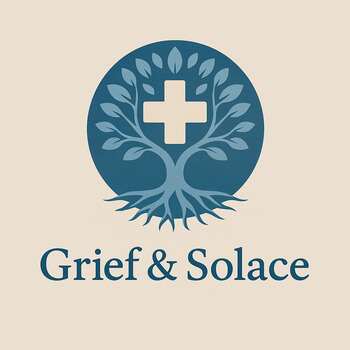Grieving Endometriosis: When Dreams Are Measured in Pain – Grief & Solace
Grief tied to endometriosis lingers in every unspoken plan, watching someone’s hopes bend under pain too constant to name.
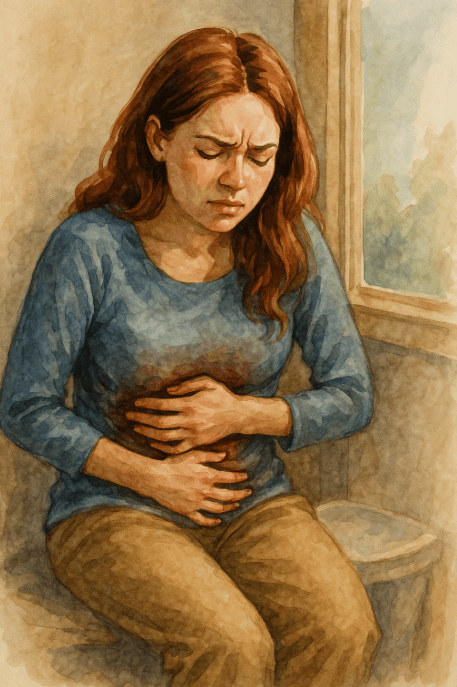
This post blends real grief with grounded knowledge. It isn’t clinical. It isn’t distant. It’s meant to sit beside you—not above you. The story you’ll read is meant to reflect what so many feel when living through or witnessing this condition: confusion, exhaustion, and quiet forms of courage.
If what you read feels familiar, please speak with your doctor. Your pain deserves more than silence.
She Stopped Planning for a Future Her Body Kept Canceling
She used to color-code her planner. Blue for work, green for errands, and red for fun. Yellow was reserved for the things she looked forward to the most—trips, dates, baby showers that weren’t hers. But then the yellows started disappearing, one by one. Canceled plans. Missed mornings. Silent apologies scribbled in the margins: “Sorry. Couldn’t get out of bed.”
It began with “just bad cramps,” the kind we are all taught to dismiss. Take an Advil. Drink some tea. Be strong. But strength wasn’t enough. Not when the pain spread like a vine, wrapping itself around her spine, her stomach, her legs. Not when it felt like her body was being torn apart from the inside, over and over, every month, sometimes longer.
🧠 Symptoms:
- Pelvic pain: Often severe, especially during menstruation
- Pain during intercourse: Discomfort during or after sex
- Pain with bowel movements or urination: Typically during menstrual periods
- Excessive bleeding: Heavy menstrual periods or bleeding between periods
- Infertility: Difficulty conceiving may be the first sign
- Other symptoms: Fatigue, diarrhea, constipation, bloating, or nausea, especially during menstrual periods
At first, doctors did not believe her. They suggested it was stress. They claimed it was all in her head. One even advised her to have a baby, saying it might “reset” her cycle. Another told her to “tough it out.” By the time they finally diagnosed her with endometriosis, she had already lost two jobs, three relationships, and her belief that anyone would truly help her.
“I’m not lazy,” she whispered, curled on the bathroom floor, hot water from the shower fogging the mirror. “I just… can’t.” And she meant it. Because it is not just the pain…it is the fatigue, the bloat, the nausea, the migraines, the shame. It is how people roll their eyes when you cancel plans once again. It is the voice in your own head saying maybe they are right.
She once dreamed of having children. She chose names and envisioned nursery themes. But now she avoids baby aisles. She skips announcements. She smiles through baby showers with a smile that does not reach her eyes. “Maybe someday,” she tells people. Then she cries in the car on the way home. Grief does not always follow death; it can follow disappointment, month after month, until even hope feels like betrayal.
And still, she fights. With heat packs and hormone shots, surgeries, and soft pajamas. She reads forums at 2 a.m., searching for someone who understands. She advocates for herself in waiting rooms and whispers “thank you” when a doctor finally listens. She has stopped planning for the future, not because she does not want one, but because her body keeps moving the goalposts. But she wakes up. She tries. And that, somehow, still counts.
Complications:
- Infertility: Endometriosis can obstruct the fallopian tubes and prevent the egg and sperm from uniting
- Ovarian cysts: Endometriomas can form in the ovaries
- Adhesions and scar tissue: Can cause pelvic tissues and organs to stick to each other
- Increased risk of ovarian cancer: Though the overall lifetime risk is low
- Chronic pain: Can lead to depression, anxiety, and other mental health issues
Causes:
- Retrograde menstruation: Menstrual blood flows back through the fallopian tubes into the pelvic cavity
- Embryonic cell transformation: Hormones transform embryonic cells into endometrial-like cell implants
- Surgical scar implantation: After surgeries like hysterectomy or C-section, endometrial cells may attach to surgical incisions
- Immune system disorders: Problems with the immune system may make the body unable to recognize endometrial-like tissue growing outside the uterus
Risk Factors:
- Never giving birth
- Starting menstruation at an early age
- Short menstrual cycles: Less than 27 days
- Heavy menstrual periods: Lasting more than seven days
- Higher levels of estrogen in the body
- Low body mass index
- Family history of endometriosis
- Any medical condition that prevents the normal passage of menstrual flow out of the body
Some pain does not show up in scans, but it can erase calendars, reshape dreams, and teach women how to rebuild their lives in the space between flare-ups.
📘 Diagnosis & Treatment
Diagnosis:
- Pelvic exam: Checking for cysts or scars behind the uterus
- Ultrasound: Using high-frequency sound waves to create images of the inside of the body
- Magnetic resonance imaging (MRI): Detailed images of organs and tissues
- Laparoscopy: A surgical procedure to view the inside of the abdomen and remove tissue for testing
Treatment:
- Pain medications: Over-the-counter pain relievers like ibuprofen
- Hormone therapy: Birth control pills, gonadotropin-releasing hormone (GnRH) agonists and antagonists, progestin therapy
- Conservative surgery: Removing endometrial growths while preserving the uterus and ovaries
- Hysterectomy: Removal of the uterus and cervix, and possibly the ovaries
Fertility treatment:
- In vitro fertilization (IVF) may be an option for those with endometriosis-related infertility
I know this is heavy, and I understand that the road ahead may feel like a tangle of loss and unanswered questions. But please hear this: you are not broken because you are hurting; you are not weak because you are afraid. You are living through something real, and survival itself is a kind of grace. You are allowed to struggle, you are allowed to hope, and you are allowed to not have all the answers today. Whatever comes next, you do not face it empty-handed; you carry every moment of love that shaped you, and that will always be enough to keep going.
🎀 Gifts to help With Endometriosis
🏥 Everyday Comforts for Everyday Battles
Managing Endometriosis often means needing a little extra help.
Sometimes it’s about restoring dignity, ease, or simply getting through the day with less pain.
These carefully chosen tools aren’t just items; they’re small bridges back to living.
This section is about finding practical support, never shame.
Extra-Long Microwave Heating Pad – Relief for Deep Pelvic Pain That Doesn’t Follow a Schedule
Endometriosis pain runs deeper than cramps, it hits the pelvis, lower back, thighs, even the bowels. This extra-long heating pad wraps where it hurts most, delivering moist heat to soften spasms and reduce inflammation. Microwaveable and reusable, it’s a tool for people who need relief that curves with their body—and keeps up with unpredictable flare days.
🌿 Paths to Healing Beyond the Map
Sometimes traditional medicine isn’t enough.
If you’re exploring gentle, alternative options to help with Endometriosis,
you might find comfort in plant-based compounds like **CBD or CBG**.
*This section is not medical advice, just a door left open.*
USA Medical Pain Relief Total Pack – Soothing the Inflammation That Comes With Every Cycle
Endo pain doesn’t wait for your period. It lingers, flares, and follows its own brutal rhythm. This Total Pack combines CBD with anti-inflammatory botanicals to help reduce chronic pain, soothe muscle tension, and ease the nervous system’s overreaction. It’s not a cure. But it’s daily support for a body that’s tired of clenching through the month.
Need a Different Path Forward?
Every journey through grief looks different. Choose the next step that speaks to where you are now:
When You're Ready to Start Healing
Healing doesn’t mean forgetting.
It means finding small ways to carry your grief with strength and grace.
These are the stories, tools, and gentle steps to begin walking forward…at your own pace.
When You're Still in the Thick of It
Sometimes healing feels like a lie.
If you’re not ready to move on…if the pain still roars louder than the world wants to hear…this is the place where you’re allowed to feel it.
No sugarcoating. No pretending. Just truth.
When You're Holding on to Who’s Still Here
Grief reminds us to love louder.
If someone you love is still with you, this is your place to celebrate them, honor them, and create new memories while there’s still time.
Joy and sorrow can live side by side.

